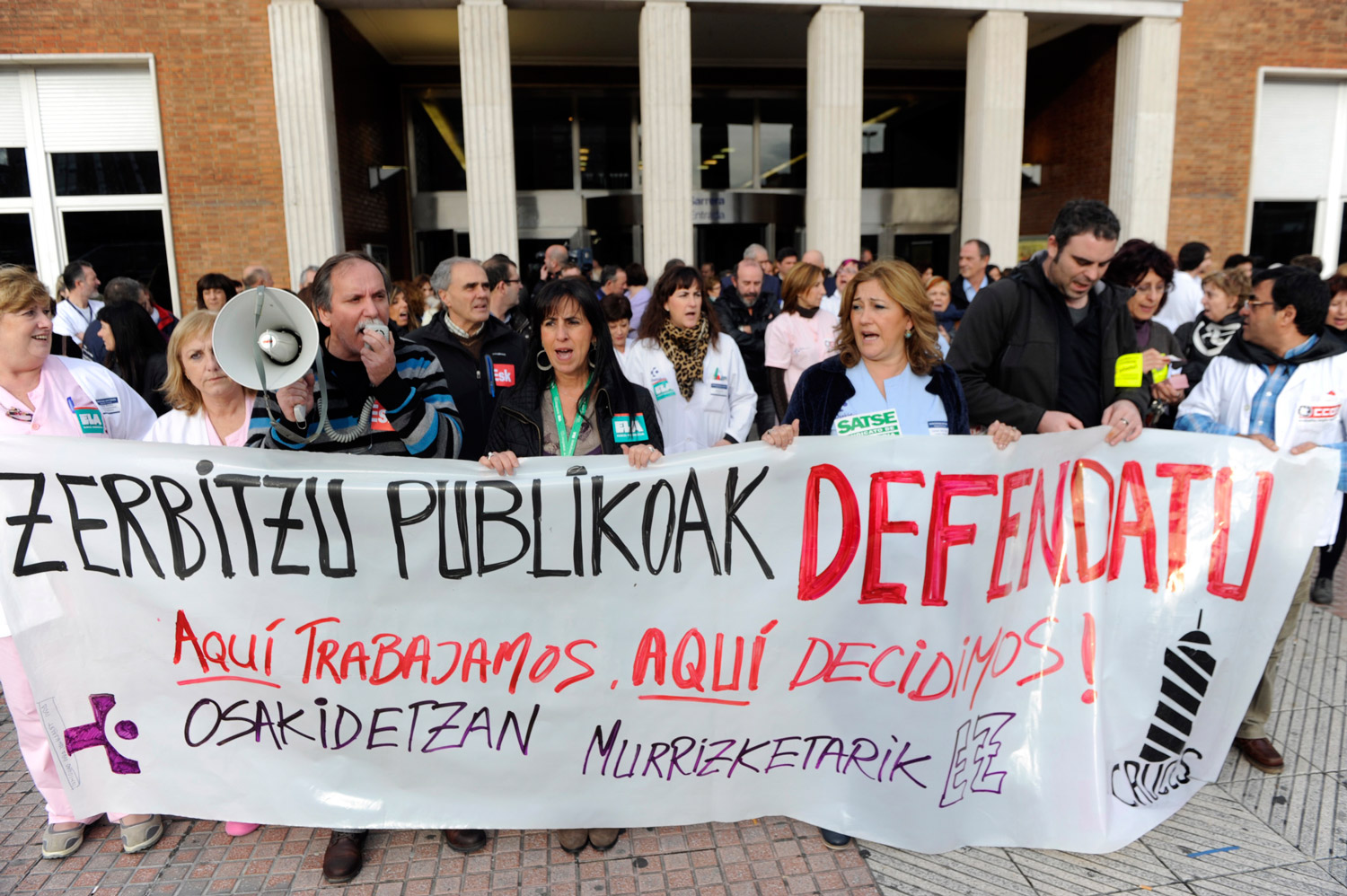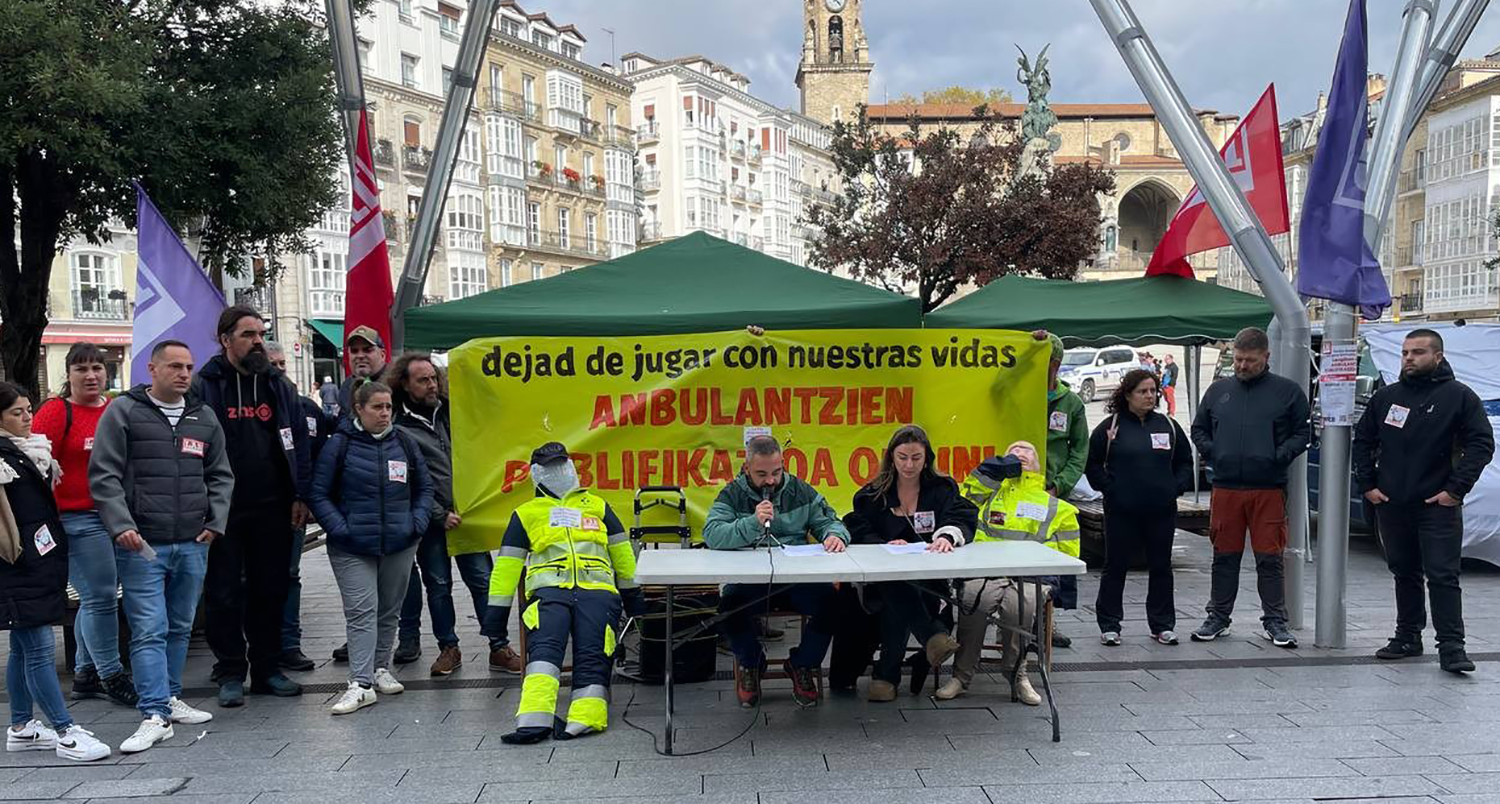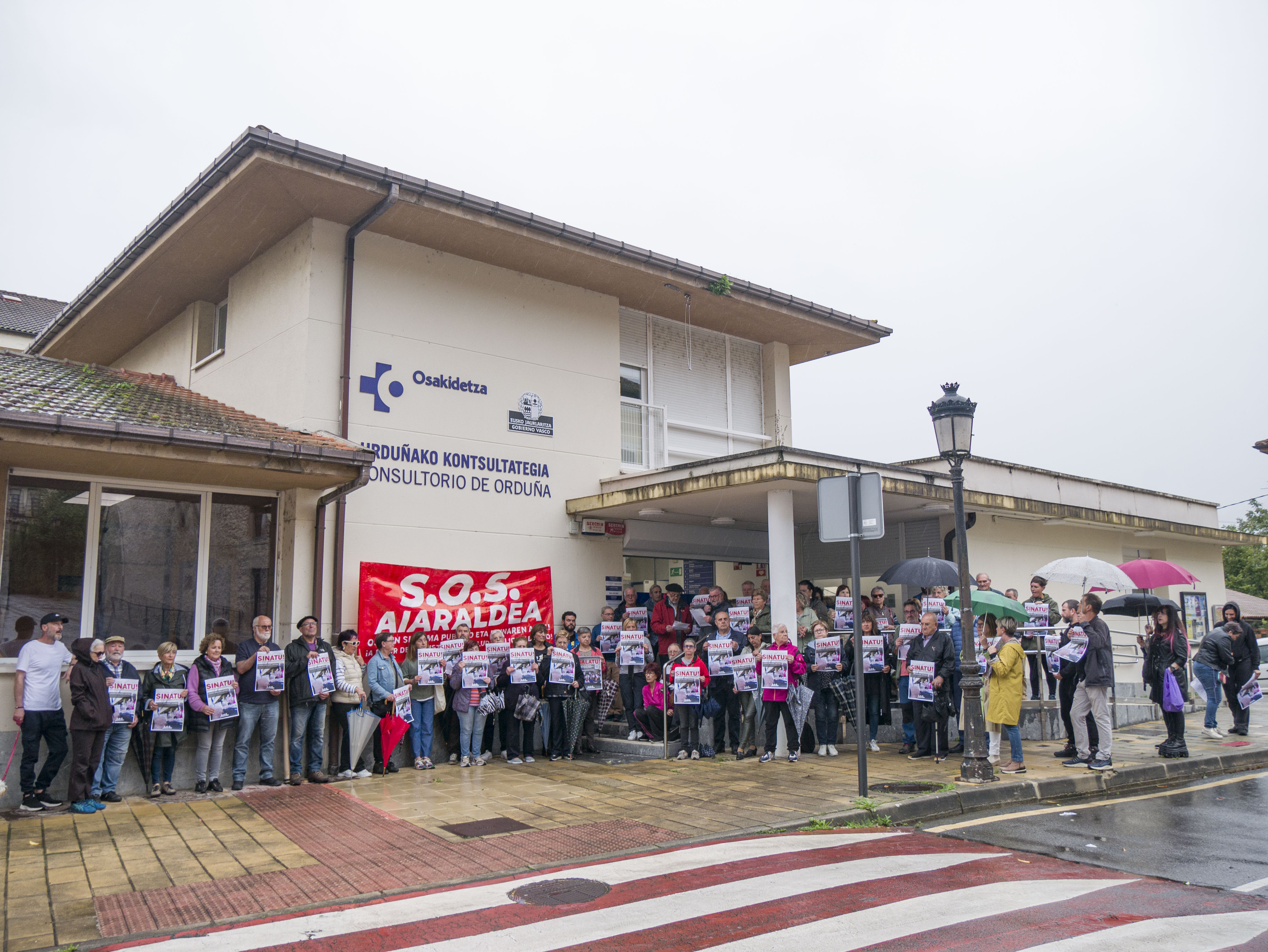The health business, growing
- Talking about occupational health often seems to be talking about mutual societies, even if they are just a small subsection. They were created by non-profit entrepreneurs to collaborate in the management of work events. Over the years they have been given more and more competences and today their influence goes beyond the world of work.
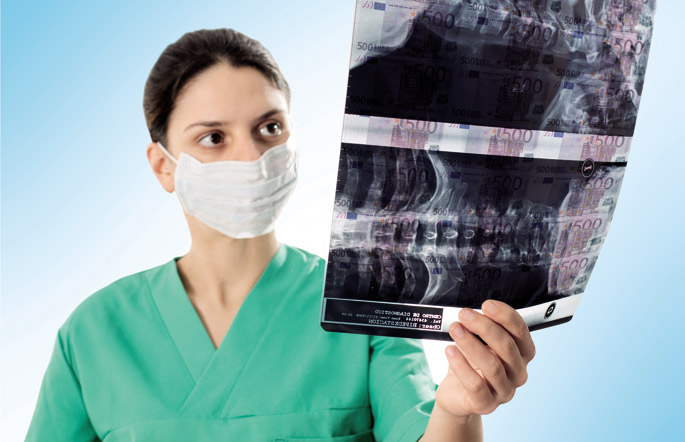
In the last year two new laws related to the activity of mutual societies have been approved in the Spanish state, regulating in some way the practices that have already been done: in November last year, the Royal Decree regulating the management and control of the first year of the processes of incapacity was approved, and the Law of Mutualities at the beginning of this year, collecting in an orderly manner what was already dispersed in previous regulations. These laws represent a number of new developments, such as the suspension of the designation of the Mutual Societies for Occupational Accidents and Diseases of the Social Security and the designation of the Mutual Societies for Social Security Collaborators.
The trade unions have been against these laws, which see behind them the intention of continuing to privatise the Basque health system. The ELA and LAB trade unions, for example, joined the International Day for Safety and Health at Work on 28 April, against the competences attributed to mutual societies. ELA then denounced that the mutual societies are dedicated to defending the interests of the employers and to doing the dirty work of the companies. In addition, health advocacy associations have been against these institutions, considering that they establish differences between active citizenship and the rest of citizenship.
Before knowing what and how mutual societies work, it should be clarified that a person who works for another can suffer two types of events related to their health: a professional event or an ordinary event. The first refers to diseases and accidents that occurred in the workplace and the second to those that occurred outside the workplace, which therefore is not limited to the field of occupational health. Companies are required by law to deal with both cases, but the fact that they are of one type or another may condition the health care received by the worker.
Why do we say that? Because the company decides to manage each of these contingencies publicly, through the National Institute of Social Security, or privately, through mutual societies. The law also requires a report on the position of the works council, but it is not binding.
Private attention to professional contingencies
Although there is no specific data, companies are hardly engaged in public management of professional contingencies. In Hego Euskal Herria, LAB Occupational Health Delegate Ibon Zubiela estimates that about 98% of companies contract professional contingencies with mutes. As a result, it will be the responsibility of each other to determine the origin of the disease, to leave it and provide it with financial assistance, to provide health and pharmaceutical care and, finally, to discharge it.
The determination of the origin of the disease can condition the entire subsequent process, as occurred with Cristina Marcos. He was sitting in a chair, inspecting the parts of some cars, when he got up and heard the noise of a bone in his knee. Dolido went to the mutual doctor. “As soon as I arrived they welcomed me very well, they gave me an X-ray and told me that I had a strong sprain. It was not seen on the X-ray, but it was suspected that it could have ruptured ligaments. An MRI had to be done to confirm. The doctor told me that if I had my knee like this, I would drop it with my eyes closed, but when I got up from the bank I couldn't give, they had that policy, when I got up it is not an accident at work." This is a criterion that several mutual societies have begun to follow and that non-traumatic cases are not considered an accident. This has been confirmed to us from Osalde, the Association for the Right to Health.
In the case of Marcos, since he was not working, it was the family doctor who discharged him, waiting for him to perform the resonance. This radically changed the situation and turned what seemed to be a professional event into a normal event. And, therefore, it was attended by the public health system (Osakidetza), not by the Mutuality.
In normal individuals, different agents
As in the case of professional contingencies, the whole process is managed by the same entity, different agents participate in the ordinaries, although the agreement can only be formalized with the Social Security. As has been seen in the case of Marcos, it is the responsibility of the doctor of the public health system to provide health care and to reduce it. Management is the responsibility of the Social Security and the economic benefit, if the company has not contracted control of the ordinary contingency with a mutual. In such a case, it is up to the Commission to monitor the economic benefit and the situation of the unemployed worker.
The demand of the mutual societies in recent years is that, if they are the ones who have to manage the benefits of leave for common contingencies, they are the ones who are competent to leave, and some draft of the new law provided for a kind of discharge. When passing the law, that point disappeared, but even though they cannot be discharged, mutual societies can make discharge proposals. They have the right to call for medical examination from the first day of leave of the worker – they should have waited at least 15 days before – and if they do not go unreasonably, they will lose the benefit. If the Mutual Fund considers that the examination is in a position to be reinstated, it may issue the discharge proposal to the family doctor, through the Medical Inspectorate of the Department of Health. Workers and Social Security are also informed of the implementation of the proposal. The family doctor had five days to discharge or reject the proposal, for which he had fifteen days. The latest laws allow that if the family doctor refuses or does not answer the proposal, the mutual can raise the same proposal to the Social Security. The worker must answer within four days and within that period can call the worker for medical examination. If the worker is not present, the mutual fund shall examine the cause of the non-appearance and may suspend the economic benefit. “There is a lack of protection, the family doctor is not only to respond to the discharge proposals made by the mutual societies. On the contrary, the Mutual Doctor is only to control these casualties and propose discharges. They are not in the same conditions,” says Zubiela.
For these situations, the telematics relationship between family doctors and Social Security doctors has been prioritized, and Social Security inspectors have access to the patient's medical records. José Maeso, de Osalde, stressed that the CAV has acted prudently: “The Basque Government interpreted the Royal Decree and gave them access to the medical records, but only for the periods of leave.” “You don’t need to know more about the patient than what affects you as a professional” added Mario Fernández, member of the association. However, in other autonomous communities you can consult the whole story.
The new laws have also opened the door to using mutual funds to streamline waiting lists in the public health system. Subject to the authorization of the Basque Health Service or Osasunbidea, workers on leave may be given the necessary tests or interventions for their subsequent transfer to the family doctor and evaluation. “It is a question of surpluses from occupational contingencies being spent on common contingencies instead of returning them to Social Security or spending them on something else. Reducing waiting lists is positive, but it also has a negative aspect, because the health of certain people is prioritised: “Why do I have to prioritize the health care of a 45-year-old worker versus an 85-year-old woman?”
Other benefits and complaints
Under certain circumstances the worker is entitled to the benefit even if he is not ill and some of the benefits are managed by the mutual societies: risk during pregnancy and lactation, unemployment of self-employed persons and care for children affected by cancer or other serious illness. According to Maeso, it is a question of privatizing public management, “not public health care, but public administrative management. Instead of managing Social Security, competence is attributed to the Mutual Fund.”
Zubiela pointed out that there are some problems with these benefits: “In the case of risk during pregnancy, they should consider whether this job can harm the woman and the foetus and, where appropriate, from when. The mutual societies have a period of one month to respond to this demand and…”.
However, other complaints are more frequent, such as not recognizing the origin of the injury or the disease; “they are almost always common contingencies”. This may also mean that the annual computation of occupational accidents or diseases is not real, as they are counted as common in the public health system. But on the issue of non-acceptance of origin something can be done: the worker, when having family medical reports, can ask the Social Security for change of contingency and if he accepts it, the mutual should accept it and pay the difference in the leave allowance from the first day.
Marcos had asked for the change of events, but the Social Security had not accepted it and the last option was to go to the courts. To do so, he had to advance both the medical part and the money of the trial, as the injury could have developed in the exercise of his duties. The representatives of Osalde have made it clear that many of the cases are won by the workers in the courts. Marcos didn't get there. “I didn’t denounce it because you get scared.” The MRI was performed about three months away and the sprain was confirmed, so it had twenty rehabilitation sessions. "I could be off for a month and a half and a half. Meanwhile, I’ve done three or four.”
There are also many cases in which they have been discharged in advance in professional events, according to Zubiela: “They’ve sent people to work with dots as well. In these cases, it's very difficult to do anything, because they have all the power. You can go to Social Security, but as it has been served by the Mutual Fund, you have no report to appeal.” In these cases, the mutual physician must provide the Social Security with the reports he/she has made so far and his/her physician must carry out a review of the patient. If Social Security were to be paid for the sick person, the benefit would be kept low and the benefit would be paid by the Mutual Fund; if the decision of the mutual fund were respected, the affected person would not charge the period of non-attendance.
Zubiela also recalls the excess controls: “Breast cancer, for example, we know it is a disease that requires about a year of process. Well, mutual societies cite them every month. What for? You know that in that situation you will not go to work!”
Entities financed by contributions
The Mutual Societies are financed by social security contributions. Maeso has made it clear that the institution care service is financed from specific contributions to the Social Security professional contingency, and there is no specific quote for common contingencies, or at least that it is tailored to the needs of the service. In Maeso’s words, the contribution to the professional contingency is higher than that of the ordinary event, as the normal ones are for sick leave, permanent disability and many other things, but not for health care, “this is derived from the general budgets.” This is what makes the vision so widespread among citizens, that is, that mutual societies offer a faster and better service: “The mutual societies say that they are not private, that they have no private interests, that they are not profit-making and that they are audited. But they use public money as they think it is. And the results are faster, because they have very good funding for the services they have to offer, unlike the public health system.”
In the face of these inequalities, several unions, including LAB, have called for the collective negotiation of Social Security to cover common and professional contingencies. “Between the public and the private, we have to strengthen the public. In addition, it will benefit the public health system.” In order to achieve this objective, the union has launched a campaign that has contracted with the Social Security all the events that have taken place.
Prevention associations vs. mutual societies
The Law on the Prevention of Occupational Risks adopted in 1995, through a standard developed in 1997, established that companies should offer the prevention of occupational risks financed by them. This prevention includes staff counselling and regular medical examinations. Under this rule, mutual societies were allowed to set up prevention associations and some did so. Prevention societies outside mutual societies have been denouncing unfair competition from mutual societies for 20 years. In the face of these complaints, the first measure adopted by the legislation was the separation of societies from the same physical space as mutual societies. The problem persisted and the new law concludes that mutual societies cannot continue with these associations, but had to sell or liquidate them before 30 June. According to Zubiela, "all of them have been purchased by private health insurances, which have allowed them to say that they can sell more things in recent years. So they reach a lot of people who didn’t arrive before, they’re buying a customer portfolio.”
Lapurdi, Zuberoa eta Baxenabarren, langile gehienak Erregimen Orokorraren barruan sartzen dira: langileen gaixotasun arrunta, amatasuna, laneko istripu eta gaixotasunak, minusbaliotasunak, alarguntasuna eta heriotza barne hartzen ditu Erregimen Orokorrak, baita haien senar-emazte eta seme-alabena ere. Medikuarenera egindako kontsulta norberak ordaintzen du eta Gizarte Segurantzako aseguru medikuak kontsulta osoaren edo zati baten dirua itzultzen dio gero. Badago mutualitatea edo bestelako aseguru pribatua kontratatzeko aukera, Gizarte Segurantzak ordaindu ez dion zati horren kargu egingo litzatekeena. Finean, lan osasuna ez da aparteko ataltzat hartzen, berdin jokatzen da beste edozein gaixotasunekin edo lanetik eratorritakoekin eta ondorioz, mutualitateek ez dute zeregin berezirik.
Hainbat ataletan banatu eta bakoitzak bere kudeaketa izateak ulergaitz bihurtzen du lan osasuna Hego Euskal Herrian. Sinplifikatze aldera, lan osasunak bi zati nagusi ditu: lan arriskuen prebentzioa batetik eta osasun arreta bestetik. Lehenengoa guztiz pribatizatuta dago, enpresek beste batzuei ordaintzen diete zerbitzu hori eskain dezaten. Bigarrenean –hemen sartzen dira lan istripuak eta gaixotasun profesionalak, eta ondorioz, baita mutualitateen jarduna ere– kudeaketa eta zerbitzua pribatuak dira, baina finantzaketa publikoa. Beraz, lan osasunaren jarduneko lau atal horiek aintzat hartuta zerbitzuen %75 pribatua dela esan daiteke.
Osasun orokorrean bestelakoa da egoera, prebentzioa eta arreta publikoak direlako. Hego Euskal Herrian medikuarenera joaten garenean, Osakidetza edo Osasunbidea arduratzen dira kudeaketaz, zerbitzuaz eta finantzaketaz . Baina mutualitateek –pribatuak izan arren– hainbat langileren gaixotasun arrunten gaineko kontrola ere ezarri dezakete. Osaldeko ordezkariek uste dute pertsona bere osotasunean hartu behar dela, ez duela zentzurik pertsonen osasuna lanean, etxean edo oporretan egotearen arabera bereizteak. “Badirudi lanekoak ez diren ezbeharrak artatzeko zerbitzuak Estatuaren opari direla eta lanekoak berriz, eskubidea”, diote. Lanean daudenentzako eta ez daudenentzako kudeaketa bakarra defendatzen dute, arreta integrala.
Itxaron zerrendak gutxitzeko Osasunbideak hartutako estrategiak gaitzetsi ditu Plataformak
Gauez ia aste osoan ateak itxita izaten ditu Donibane Lohizuneko osasun zentro horretako larrialdi zerbitzuak. Herri Berri udal oposizio taldeak deituta, mobilizazioei ekin diete herritarrek eta jadanik 3.000 sinadura bildu dituzte zerbitzu "iraunkor eta eraginkorra"... [+]
Elizondoko osasun etxeko medikuaren bulegoan ez da medikurik izan gaur. Lehen eguna dute herrian sendagilerik gabe eta kezkatuta daude. Bizilagunak Baztango Osasun Plataforman batzartzen hasiak dira eta asteazkenetan protesta egiten dute kalean egoera salatzeko.
Lack of good doctors for a high middle grade policy. This policy has ensured that very few young people have reached the medical career and the MIR has further removed people from that career.
And there are few Basque doctors because the knowledge of Euskera in this profession... [+]









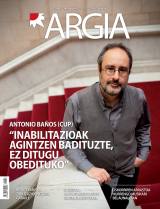

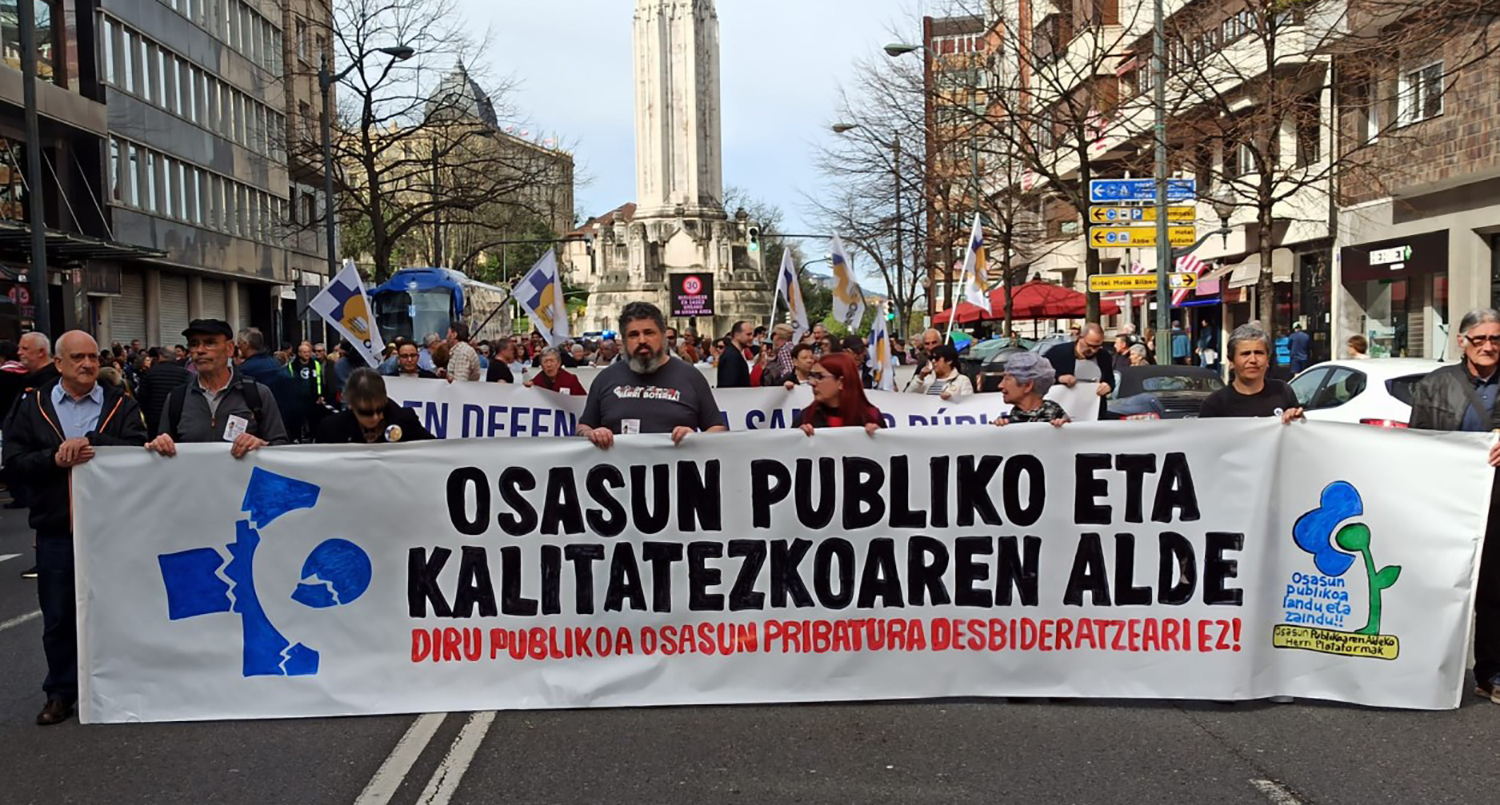
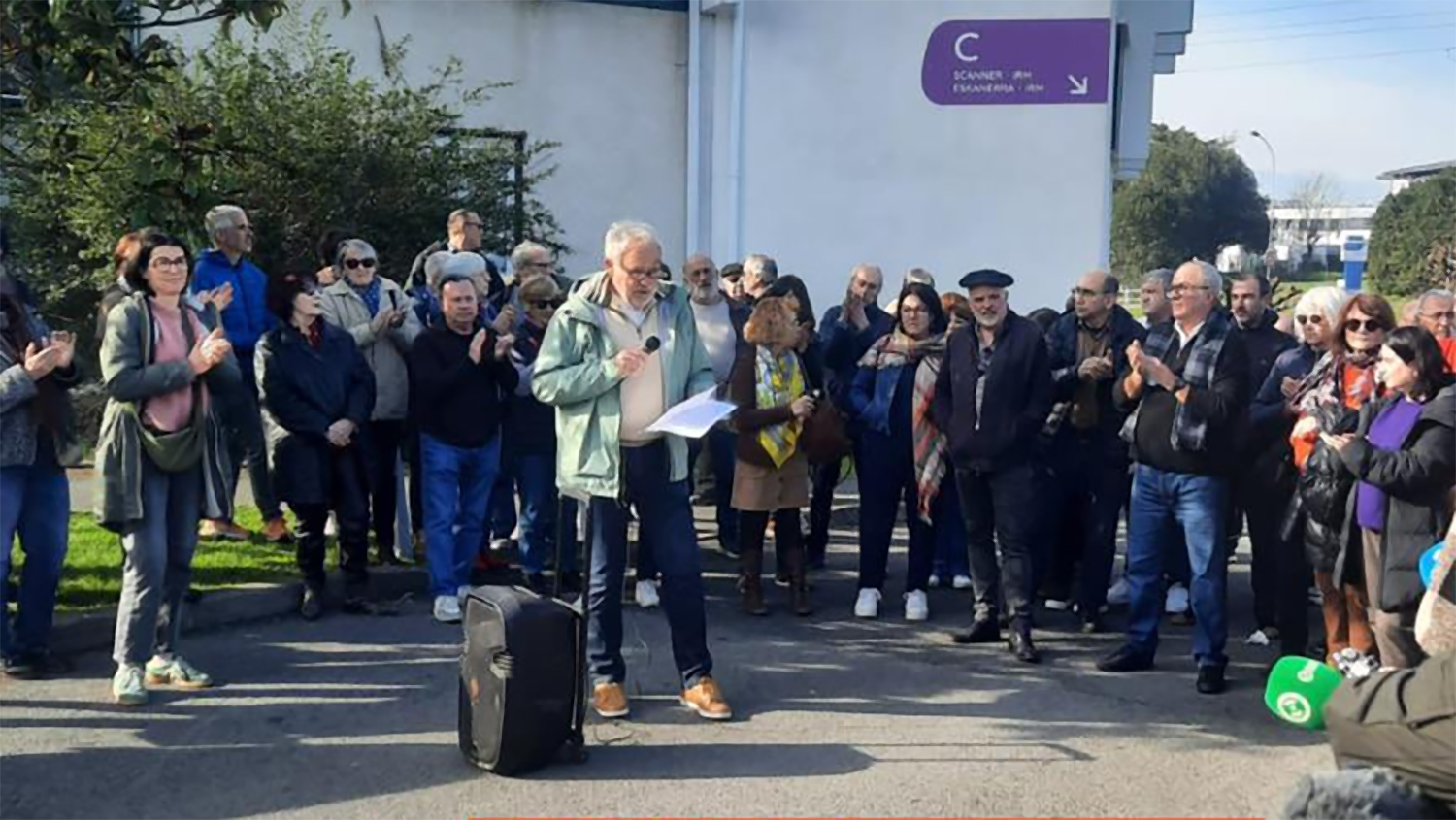

.jpg)
.jpg)

